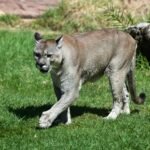Urban sprawl meets wild instinct in ways that might shock you. Picture walking out your front door in Los Angeles only to find paw prints in your garden, or hiking just outside Denver when golden eyes peer at you from behind pine trees. Mountain lions, those magnificent and mysterious big cats, aren’t just surviving in North America’s growing cities. They’re thriving in places where most people think nature has long been tamed.
These powerful predators have adapted to urban life in remarkable ways, changing their hunting patterns and sleep schedules to coexist with millions of human neighbors. What emerges is a fascinating story of wildlife resilience and urban adaptation that’s rewriting the rules about where wild animals can live. Let’s explore the five North American cities where mountain lions have made the most surprising urban debuts.
Los Angeles, California: The Hollywood Cat Capital
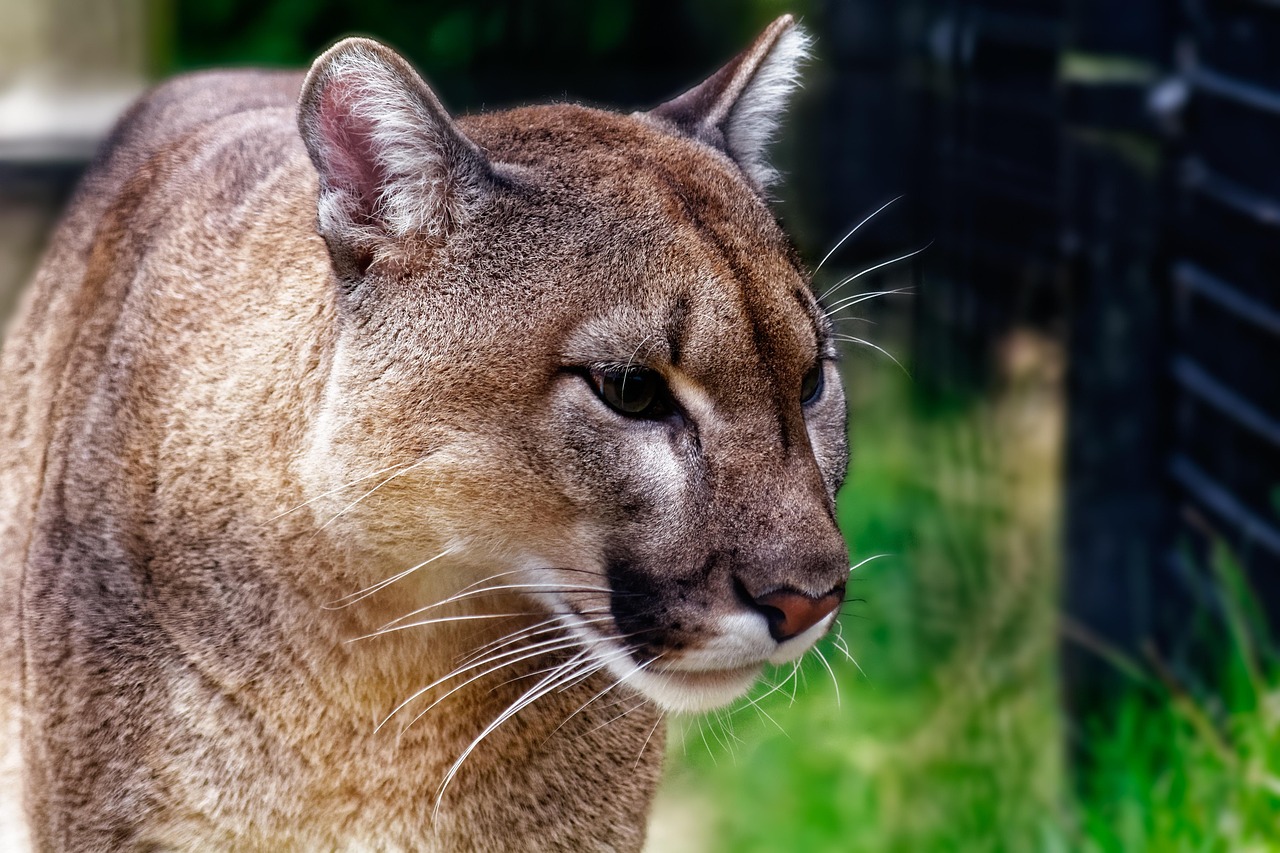
Los Angeles stands as one of only two megacities globally where mountain lions live directly among human populations. Despite it being the second-largest populated city in the US, Los Angeles shares its boarders with mountain lions. It is one of two megacities, with Mumbai, India being the other, that have large cats living among residents. The sprawling metropolitan area houses roughly eighteen million people alongside 112 mountain lions in and around the Santa Monica Mountains as of 2022, of which only 10 to 15 live in an area at a time.
What makes LA truly extraordinary is how these big cats have adapted to urban rhythms. The study conducted by UC Davis revealed that mountain lions in the greater Los Angeles area are adapting their behavior to avoid human encounters by becoming more nocturnal. The famous P22, known as the “Hollywood Cat,” became a celebrity after crossing two busy freeways to find a home in active Griffith Park.
Although over half of the state’s natural landscape is prime habitat for this predator, their territories are highly interrupted by private homes, commercial developments, highways and recreational use within the surrounding areas. The National Park Service actively tracks up to twenty mountain lions at any given time in these densely populated areas, making Los Angeles a living laboratory for urban wildlife coexistence.
Denver, Colorado: Rocky Mountain Urban Encounters
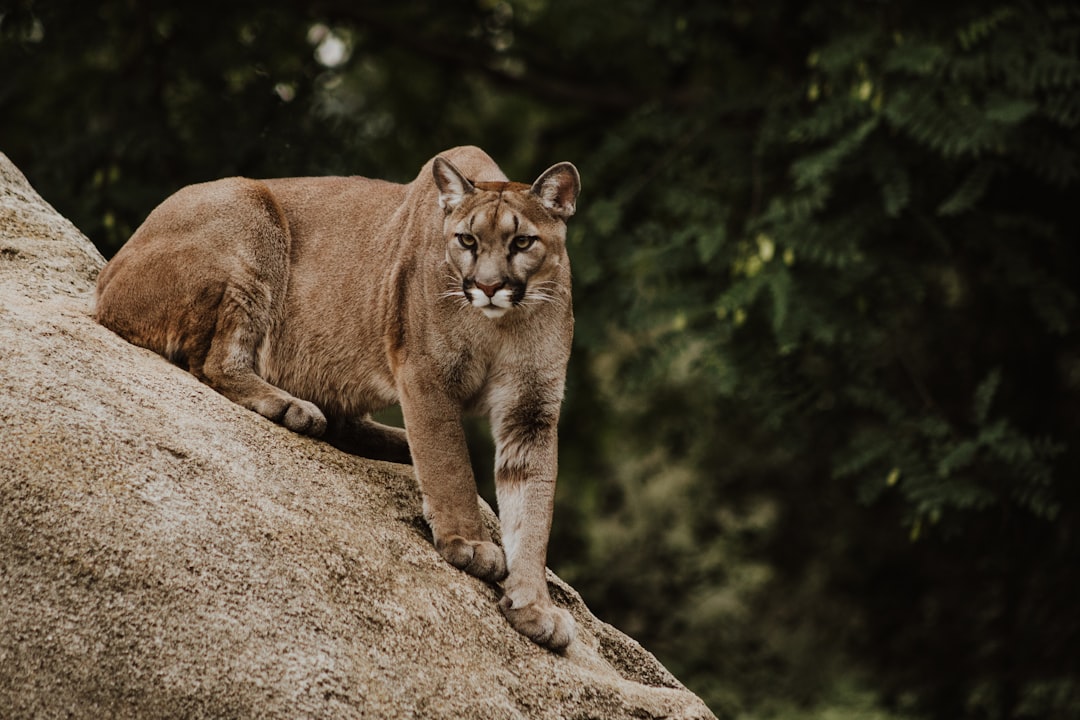
Colorado is well-known for its mountains, where, unsurprisingly, mountain lions make their home. It has one of the largest populations of mountain lions, with an estimated three thousand to seven thousand mountain lions scattered across this state, mostly in areas with rocky and mountainous habitats. The Front Range, which includes the Denver metropolitan area, has become a hotspot for human-mountain lion interactions in recent years.
Colorado Parks and Wildlife is drafting a plan to manage mountain lions on the Front Range, seeking to minimize human-lion encounters while keeping the lion population stable and healthy. Recent data shows these cats are venturing beyond traditional boundaries, with individuals tracked as far north as Wyoming and east into Kansas, demonstrating their expanding urban presence.
Near Denver, communities like Heeney have reported particularly concerning encounters. One of the mountain lions injured a domestic cat in the early morning hours late last month, and in another instance a pair of mountain lions growled at someone who encountered them during the daylight hours. These incidents highlight the growing intersection between Colorado’s mountain lions and its expanding urban populations.
Phoenix, Arizona: Desert Predators in Suburbia
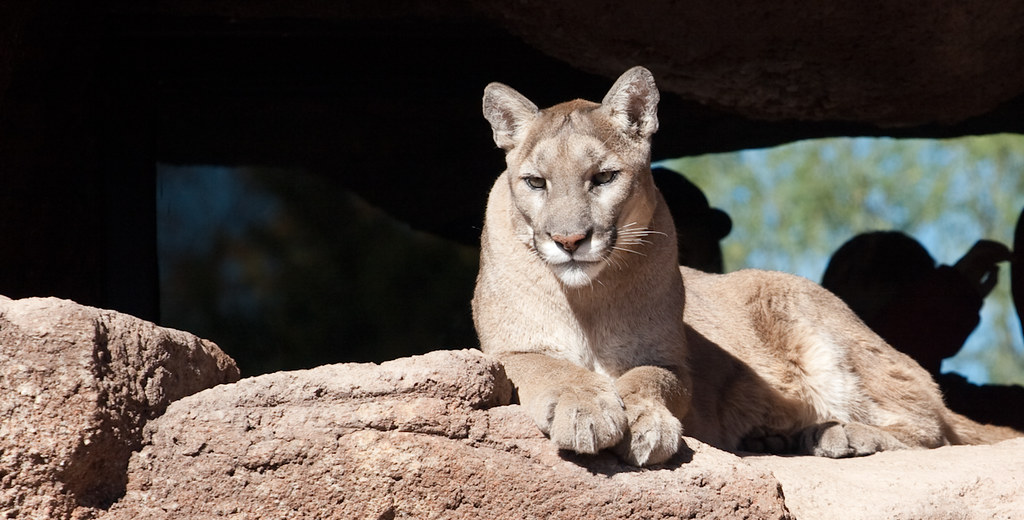
The state of Arizona is home to a large, stable population of mountain lions. The rocky habitat that covers much of the state is perfect for these ambush predators, especially since humans don’t inhabit much of the land. In many regions, the population within the state is actually increasing! With an estimated population of 2,500 to 3,000, these cats thrive in Arizona’s varied terrain, from the Grand Canyon to the Sonoran Desert.
The Phoenix metropolitan area benefits from Arizona’s unique geography, where vast stretches of undeveloped desert create natural corridors for mountain lion movement. The southwest contains some of the best climates to hold mountain lions, as it most resembles what they need in a habitat. New Mexico and Arizona are largely similar in formation, and also in mountain lion size. These states are home to many tracts of untouched rocky landscape, where bighorn sheep reside in large populations.
Urban sprawl in Phoenix creates unique challenges as residential developments push into traditional mountain lion territory. The cats’ remarkable adaptability to desert conditions, combined with abundant prey populations, makes the greater Phoenix area a surprising urban success story for these apex predators.
San Francisco Bay Area: Coastal Mountain Lions
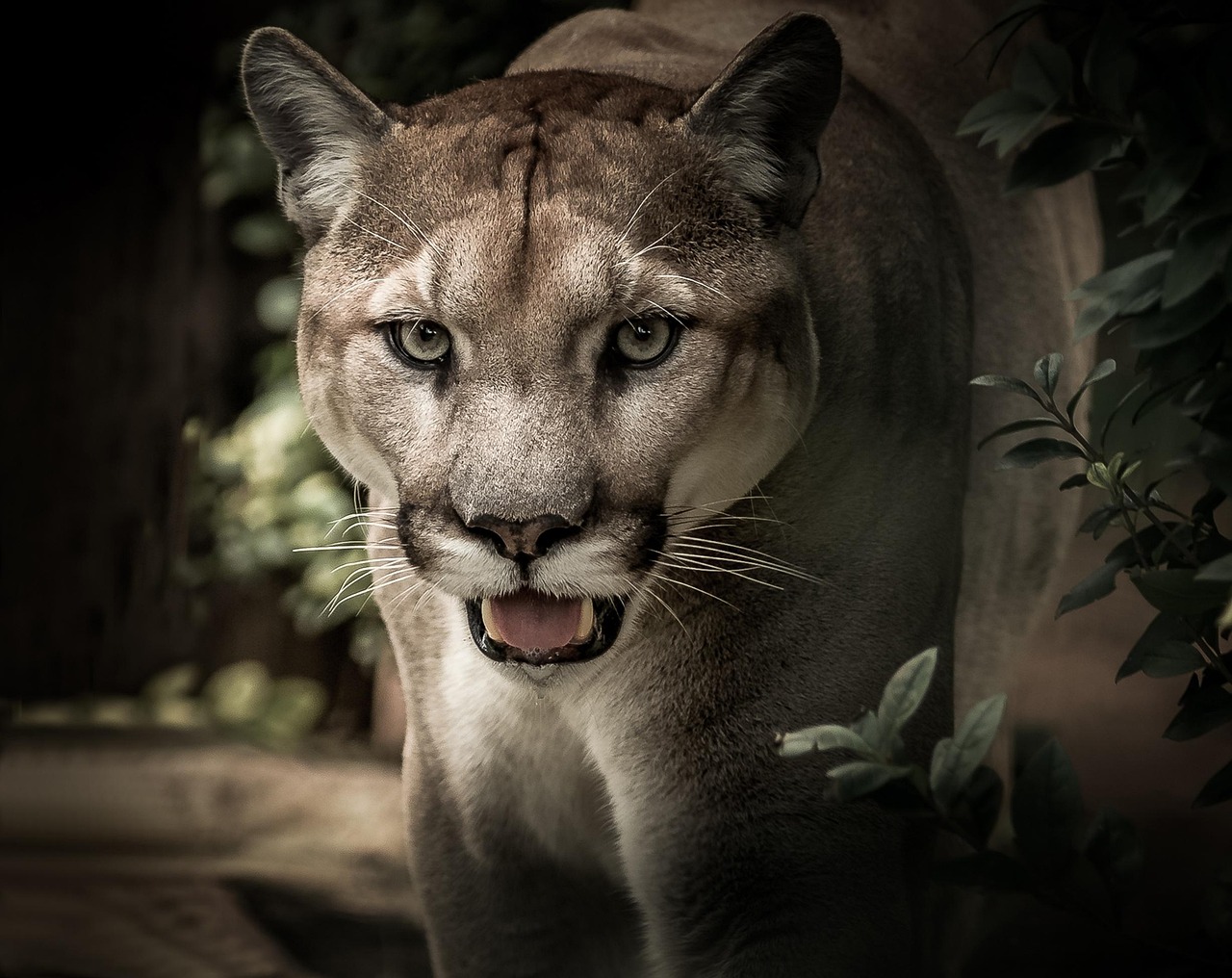
The San Francisco Bay Area represents a fascinating case study in mountain lion urban adaptation. In the San Francisco Bay Area, pumas often live at the edge of urban and wilderness areas. Despite the region’s extensive network of protected areas, human development surrounds much of this land. Millions of people visit these open spaces each year, increasing the potential for human-puma encounters.
Recent incidents demonstrate the growing frequency of encounters. A mountain lion was sighted in South San Francisco, prompting police to issue a caution and safety tips to residents, while communities like Antioch have experienced increased reports of mountain lion sightings in residential areas over the past month.
“The last thing most [mountain lions] want to do is encounter us,” Benson said. “In general, they do an excellent job of staying away from people and avoiding areas where they think they’re likely to run into people.” However, the reality of shared spaces means encounters continue to increase as both human and feline populations expand in the region.
Seattle, Washington: Pacific Northwest Prowlers
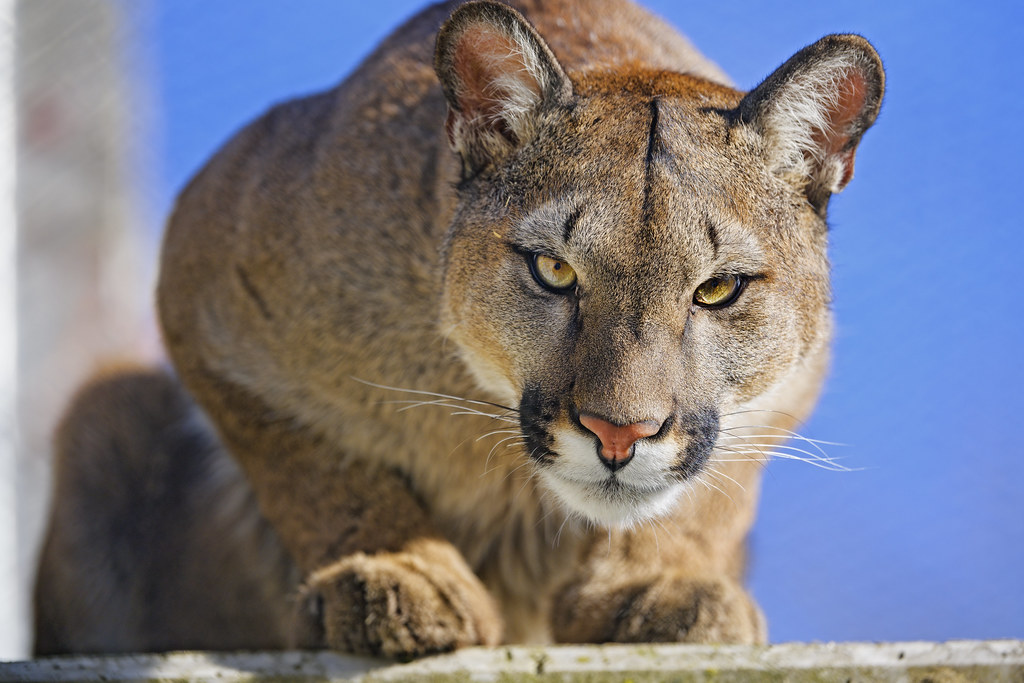
Washington: 1,500, mainly in the Cascade Mountains encompasses the greater Seattle area, where mountain lions navigate the unique challenges of Pacific Northwest urban sprawl. The region’s dense forests and mountainous terrain create ideal conditions for mountain lion populations to maintain proximity to major urban centers.
Washington’s mountain lion population faces particular pressures from the state’s rapidly growing cities. Washington state was the site of a fatal attack in 2018, its first since 1924, highlighting the rarity yet reality of dangerous encounters. The state’s controlled hunting practices help maintain population balance while acknowledging the increasing overlap between human and feline territories.
The Seattle metropolitan area’s geography creates natural wildlife corridors through suburban neighborhoods. Mountain lions follow these pathways between the Olympic and Cascade ranges, occasionally appearing in residential areas as they traverse their expanded territories. The combination of abundant deer populations and fragmented habitat makes the greater Seattle region a significant urban mountain lion zone.
The Urban Wildlife Revolution
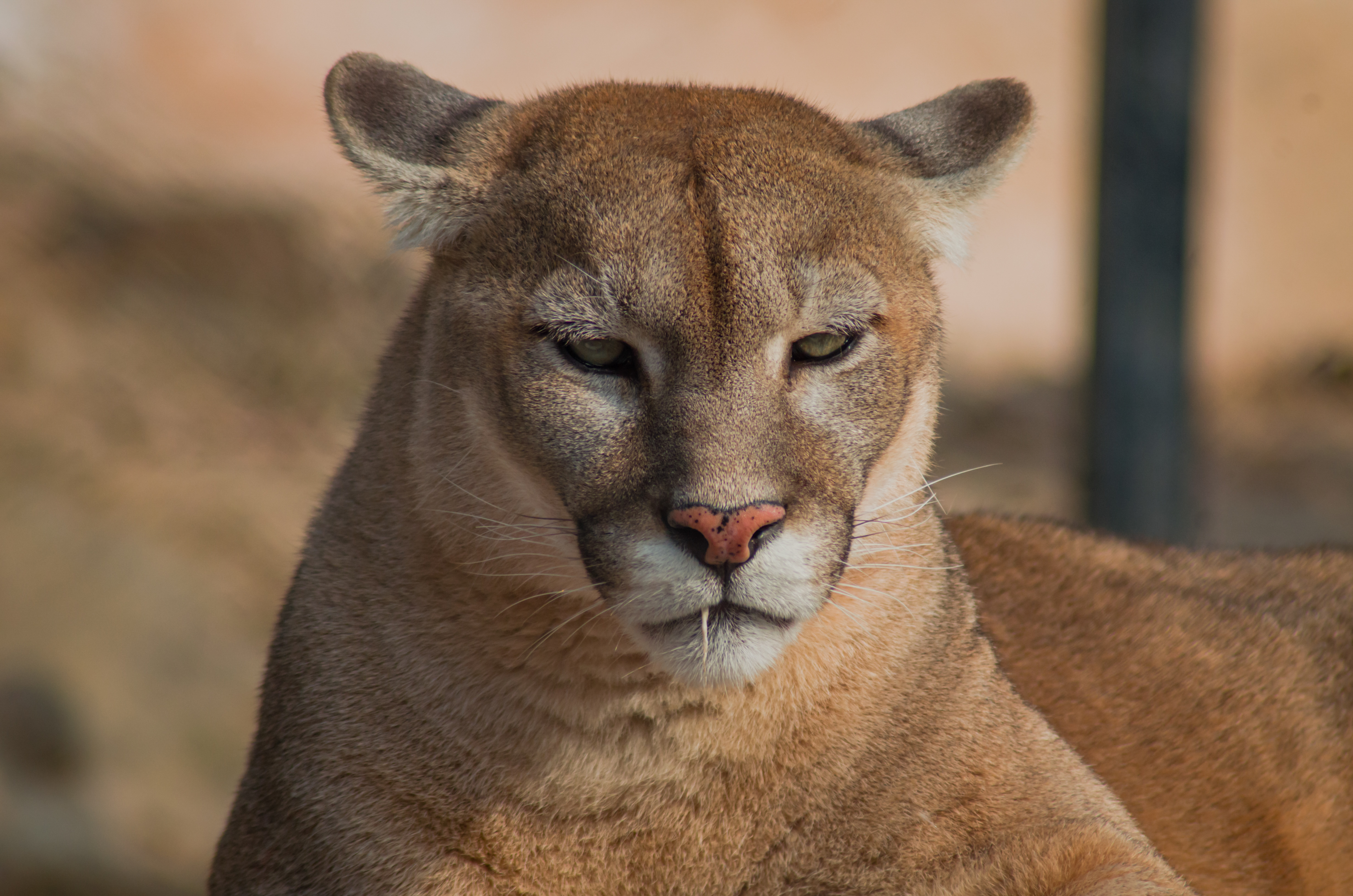
These five cities represent a fundamental shift in how we understand wildlife adaptation to urban environments. The total mountain lion population in the United States is estimated at 20,000 to 30,000, with a growing percentage living in close proximity to major metropolitan areas. The success stories emerging from these urban encounters challenge traditional notions about wilderness boundaries.
The level of risk of a puma attack, which is less than 1 in 6 million. This is far less common than being attacked by a dog 8or being in an accident due to a distracted driver, yet public perception often amplifies fears about these magnificent predators.
Conservation efforts in these cities focus on creating wildlife corridors, educating residents about coexistence, and monitoring population health through advanced GPS tracking technology. The future of urban mountain lions depends on our willingness to share space with these apex predators who’ve proven remarkably adaptable to city life.
The presence of mountain lions in major North American cities tells a remarkable story of adaptation and resilience. From Hollywood’s famous P22 to Colorado’s expanding Front Range population, these big cats are rewriting the rules about where wild animals can thrive. Their success in urban environments challenges us to reconsider our relationship with wildlife and embrace new models of coexistence. What fascinates you more about these urban predators – their incredible adaptability or their potential to transform how we design our cities?


